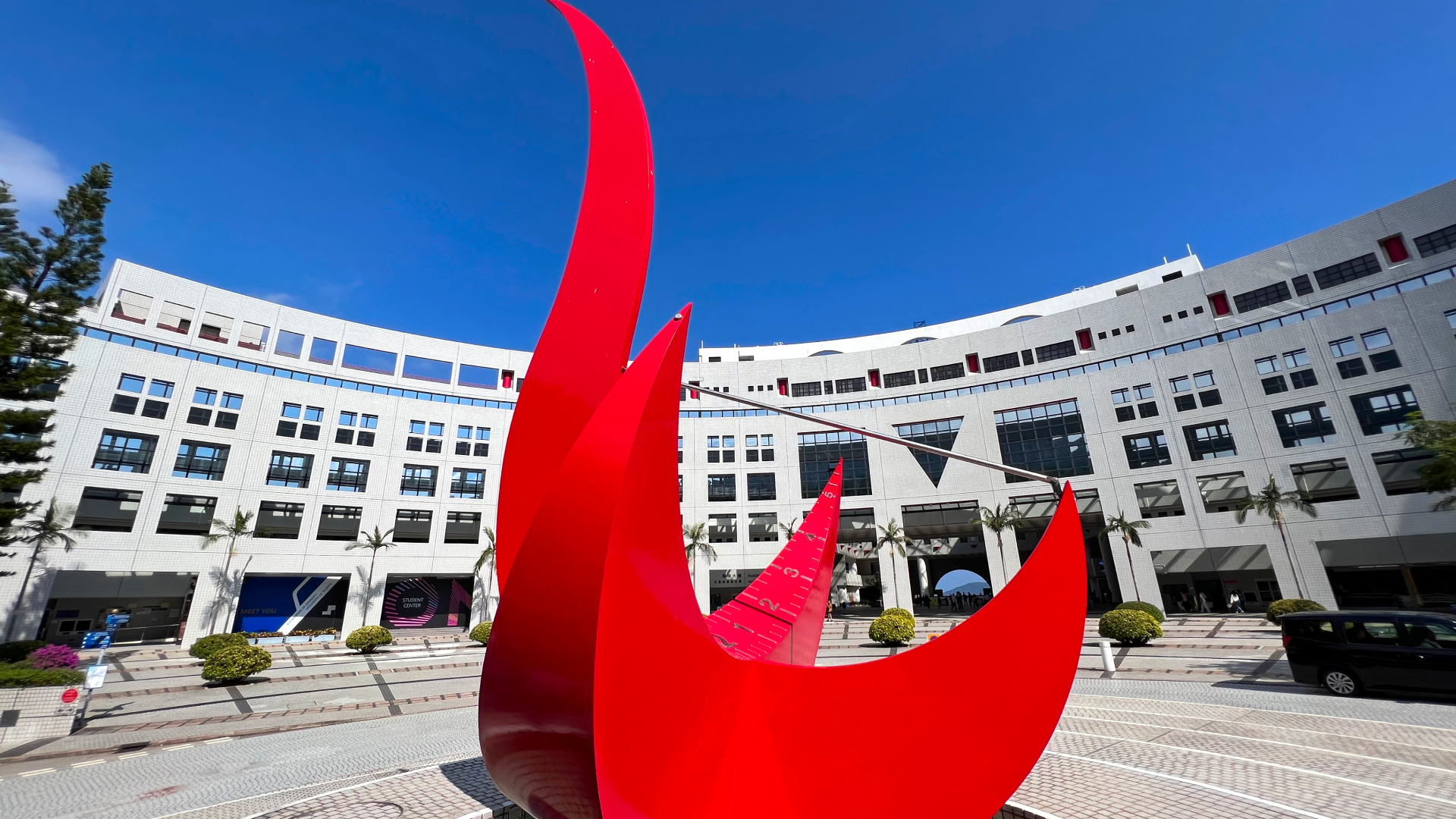News & Stories
2025

News
HKUST Team Develops Novel Sampling Method to Innovate Statistical Mechanics
A research team led by Prof. PAN Ding, Associate Professor from the Departments of Physics and Chemistry, and Dr. LI Shuo-Hui, Research Assistant Professor from the Department of Physics at the Hong Kong University of Science and Technology (HKUST), has developed a novel direct sampling method based on deep generative models. This method enables efficient sampling of the Boltzmann distribution across a continuous temperature range. The findings have been published in Physical Review Letters*.
News
HKUST Thanks MOST for Vote of Confidence with Granting of Three State Key Labs
The Hong Kong University of Science and Technology (HKUST) today received plaques from YIN Hejun, Minister of the Ministry of Science and Technology (MOST) for its three State Key Laboratories (SKLs) at the Government Headquarters of the Hong Kong Special Administrative Region (HKSAR). HKUST sincerely thanks MOST, and the Hong Kong Innovation, Technology, and Industry Bureau (ITIB) for their continued trust and recognition of the University’s research efforts. In addition to the two renamed SKLs following restructuring – the “State Key Laboratory of Nervous System Disorders (SKLNSD)” and the “State Key Laboratory of Displays and Opto-Electronics (SKLDOE)” – HKUST will also collaborate with The Hong Kong Polytechnic University (PolyU) to establish a new “State Key Laboratory of Climate Resilience for Coastal Cities (SKLCRCC)”.
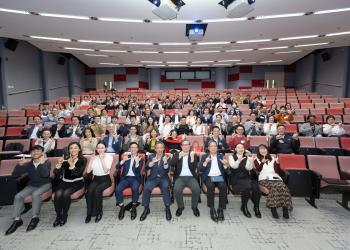
News
Living the Change: Making HKUST’s Campus the Heart of Sustainability Breakthroughs
The Hong Kong University of Science and Technology (HKUST) selected eight cutting-edge projects for the latest round of Sustainable Smart Campus as a Living Lab program for testing on campus. Covering a wide range of sustainability challenges on campus, the projects address energy efficiency, renewable energy optimization, water management, wellness, ecosystem enhancement, and predictive maintenance strategies, providing students and faculty with hands-on experience with prototypes before real-world implementation.
News
HKUST Launches World’s Largest AI-Powered Educational Sandbox Game: Advancing AI Literacy and Encouraging Citizen Science
The Hong Kong University of Science and Technology (HKUST) today announced the launch of “Aivilization”, the largest-scale AI multi-agent social simulation sandbox to date. This innovative platform studies how human interaction with AI can shape a virtual society, where ‘AI inhabitants’ can organically develop their own governance structures, economies and cultural norms.
As AI becomes increasingly integrated into our daily lives, understanding the dynamics of communication between humans and artificial intelligence has become a crucial area of study. Previous simulation models like Project Sid1 and Stanford Smallville2 have explored similar themes, with community sizes of around 1,000 and dozens of AI agents respectively, to observe the evolution of AI civilizations.
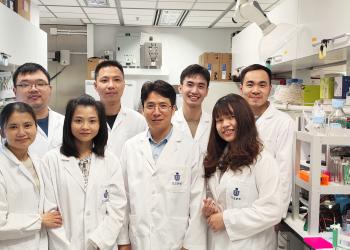
News
HKUST Team Advances Plant Gene Regulation with GHR Motif Discovery
MicroRNAs (miRNAs) are tiny RNA molecules that regulate gene expression by controlling messenger RNAs (mRNAs) and are critical for various biological processes, including development, stress responses, and epigenetic regulation. In plants, the enzyme DICER-LIKE 1 (DCL1) processes miRNA precursors into mature miRNAs, and mutations in DCL1 can lead to developmental issues like delayed flowering and abnormal leaves, making its precision essential for plant growth. A research team led by Prof. NGUYEN Tuan Anh from the Division of Life Science at HKUST has recently made significant strides in understanding miRNA biogenesis by developing a groundbreaking massively parallel dicing assay to investigate human DICER, which functions similarly to plant DCL1.
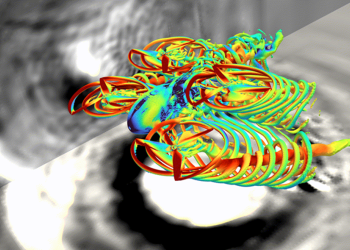
Stories
Beyond the Buzz: Tuning Drone Tech for Quieter Skies and Safer Cities
The buzz surrounding drones and eVTOL vehicles signals an exciting future—faster deliveries, rapid medical aid, and efficient public services just over our heads. But as these technologies take flight, they face two critical challenges: noise pollution and public safety. Drone and eVTOL operation in low altitude airspace produce noise and face flight safety challenges in micro-weather and building wind environment.
Professor ZHANG Xin, Swire Professor of Aerospace Engineering, and Professor ZHOU Peng at The Hong Kong University of Science and Technology (HKUST) are leading efforts to overcome these issues. Combining cutting-edge research in aerospace engineering with practical solutions, their team is striving to ensure drones and eVOTL vehicles can integrate harmoniously into urban life.
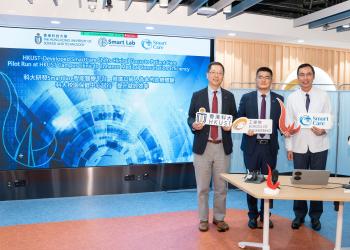
News
HKUST-Developed SmartCare Shifts Clinical Focus to Patient Care
The Hong Kong University of Science and Technology (HKUST) has recently introduced SmartCare – an AI platform developed by HKUST researchers that redefines patient journeys from triage to treatment – in its on-campus clinic. This landmark deployment kicks off a six-month pilot study open to 15,000+ students, faculty, and staff.
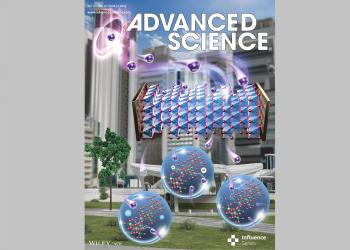
News
HKUST Researchers Pioneer Breakthroughs in Lithium-Ion Battery Recycling to Enhance Critical Metal Recovery and Reduce Carbon Emissions
Lithium-ion batteries (LIBs) are widely used in consumer electronics, electric vehicles, and renewable energy systems, making efficient recycling crucial for sustainability. A research team led by Prof. Dan TSANG, Professor of Civil and Environmental Engineering at The Hong Kong University of Science and Technology (HKUST), has revealed a previously unrecognized atomic-scale mechanism that obstructs efficient LIB recycling. This breakthrough challenges long-standing assumptions and sets the stage for cleaner, high-yield recovery of critical metals used in LIBs.

